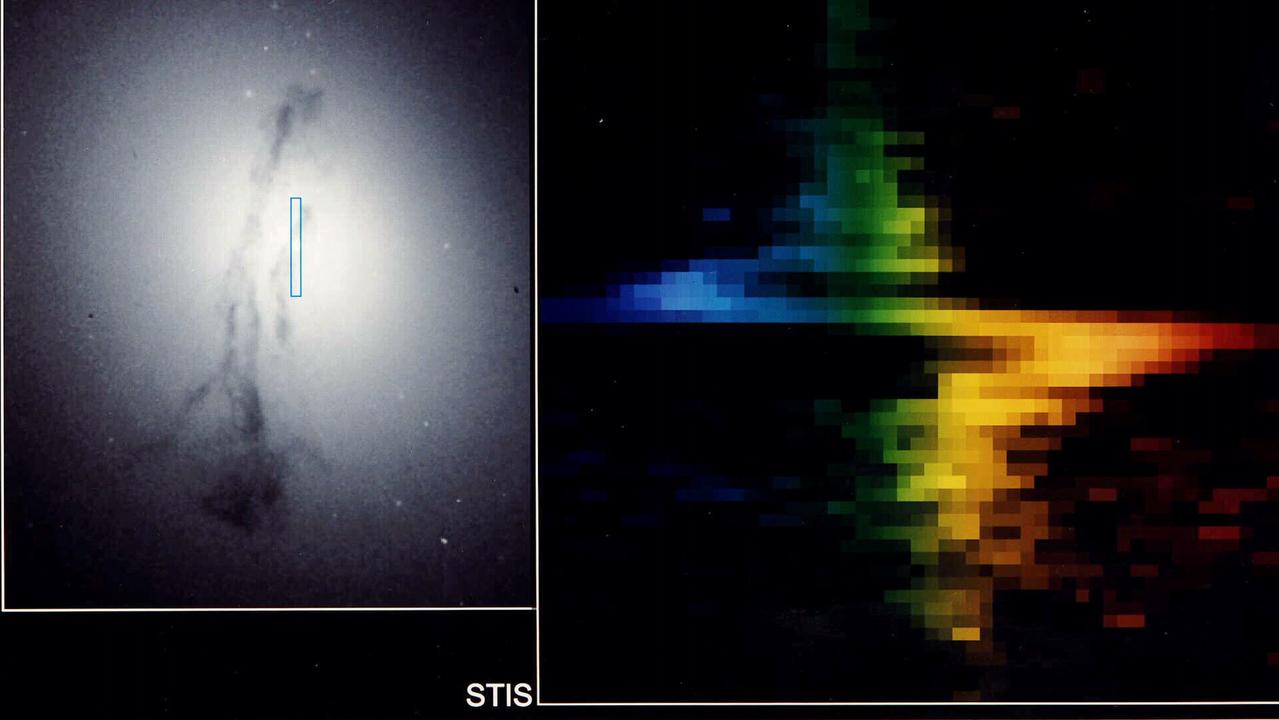Black hole with 33 billion times mass of Sun detected using gravitational lensing
Astronomers have detected an ultramassive black hole about 33 billion times the mass of the Sun.

The “biggest ever” black hole has been detected by astronomers using a new technique, opening up “tantalising” possibilities for space exploration.
The findings — akin to something straight out of a sci-fi film — by the Royal Astronomical Society show that the “ultramassive” black hole is more than 30 billion times the mass of the Sun, and sits in a supergiant galaxy about 2.7 billion light years from Earth, ABC News reported.
The discovery, which is at a scale rarely seen by astronomers, has been described as “extremely exciting” by the team of scientists from Durham University in the United Kingdom and Germany’s Max Planck Institute leading the project, opening up new opportunities for black hole research and understanding.
Sitting at the centre of a galaxy known as Abell 1201, the discovery is a remarkable achievement given an innovative technique known as gravitational lensing was successfully employed, which uses a nearby galaxy as a giant magnifying glass to bend the light from an object at a further distance.
This enabled scientists to closely examine how light is bent by a black hole inside a galaxy billions of light years from Earth. Supercomputer simulations combined with high-resolution imagery taken by the Hubble Space Telescope were then able to determine the size of the black hole.

Observational cosmologist and lead study author Dr James Nightingale explained: “This particular black hole, which is roughly 30 billion times the mass of our Sun, is one of the biggest ever detected and on the upper limit of how large we believe black holes can theoretically become, so it is an extremely exciting discovery.
“Most of the biggest black holes that we know about are in an active state, where matter pulled in close to the black hole heats up and releases energy in the form of light, X-rays, and other radiation,” he added.
“However, gravitational lensing makes it possible to study inactive black holes, something not currently possible in distant galaxies. This approach could let us detect many more black holes beyond our local universe and reveal how these exotic objects evolved further back in cosmic time.”

The finding is significant as it “opens up the tantalising possibility that astronomers can discover far more inactive and ultramassive black holes than previously thought” and “investigate how they grew so large,” according to the news release.
It comes off the back of discoveries made two decades ago by fellow Durham University astronomer, Alastair Edge, who was the first to notice a giant arc of a gravitational lens when reviewing images of a galaxy.
According to NASA, “A black hole is an area of such immense gravity that nothing — not even light — can escape from it”. Once inside a black hole’s event horizon, matter will be torn apart into its smallest subatomic components.
The closest black hole to Earth is a stellar mass black hole just 1600 light-years away called Gaia BH1.
Several historical studies of the space phenomenon have found that black holes do not pose a threat to Earth as no black hole is close enough to the solar system.
Originally published as Black hole with 33 billion times mass of Sun detected using gravitational lensing




